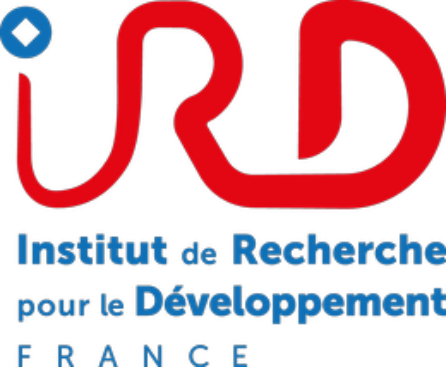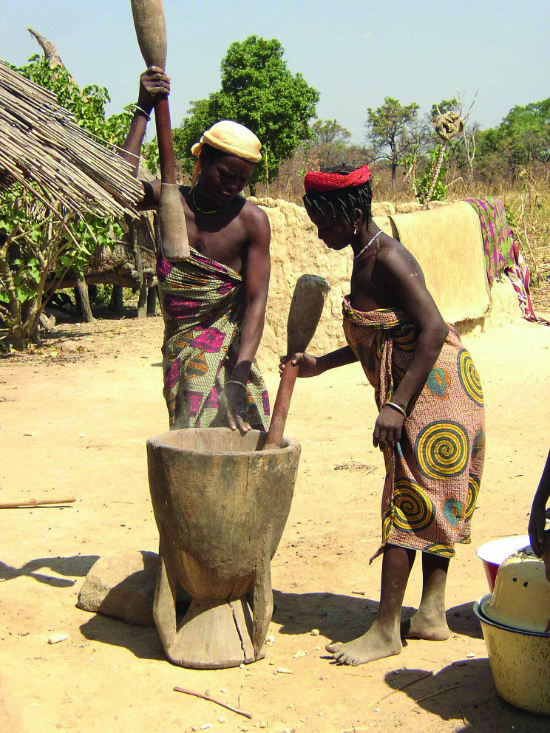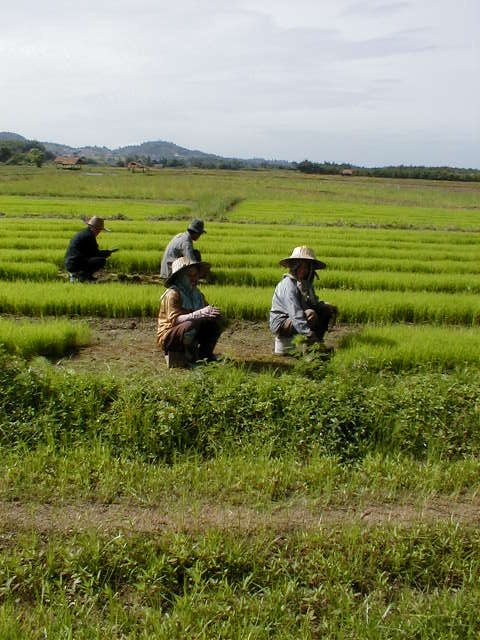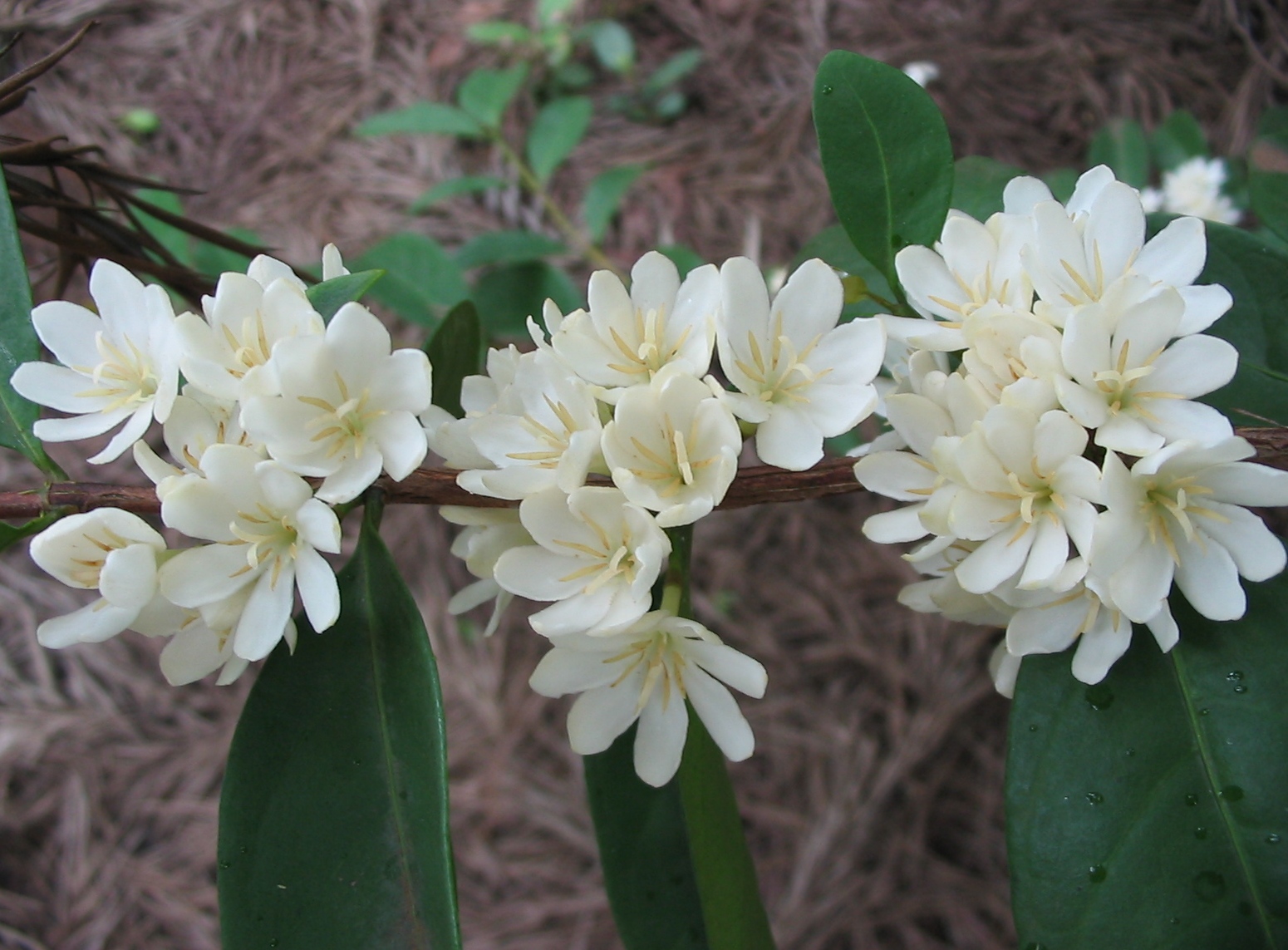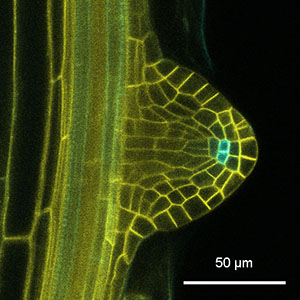Coordinator
Soazig GUYOMARC'H, CERES team - This email address is being protected from spambots. You need JavaScript enabled to view it.
NEWROOT is an ANR-funded project targeting the properties of the gene regulatory network controlling lateral root formation in plants.
The development of new organs relies on the precise regulation of cell division, cell fate commitment and cell differentiation by gene regulatory networks. Emergent properties of these genetic systems can generate tissue functional patterning in a robust and plastic fashion, possibly integrating endogenous or environmental cues. Many genes involved in this process were identified by classical genetics experiments in various model organisms. However, how these multiple factors act together to coordinate the functional patterning of new organs often remains poorly understood due to the difficulty of investigating complex genetic systems behaviour in developing organisms. The NEWROOT project aims to address this issue in the favourable context of lateral root development in Arabidopsis thaliana. Throughout their lifetime plants repeatedly generate new lateral roots in which a new stem cell niche is created, allowing subsequent indeterminate growth of the new organ. Additionally our team recently contributed to develop innovative tools allowing precise investigation of live lateral root primordium functional patterning (Goh et al., Development 2016) as well as the inference of a large 250-gene regulatory network operating during that process, in which a number of interactions have already been experimentally validated (Lavenus et al., Plant Cell 2015).
The aim of this project is to uncover and analyse the gene regulatory network controlling lateral root organogenesis using a systems biology approach combining experimental biology and modelling. First, the inferred topology of the 250-gene network will be thoroughly analysed in order to identify master regulator genes as well as topological and dynamical properties. Second, the impact of these network properties on the lateral root primordium patterning will be explored in two different contexts: the contribution of the transcription factor PUCHI in restricting cell proliferation at the primordium boundaries, and the identification of key genetic switches that drive central cells to a meristem stem cell niche identity.
The project targets a global understanding of the genetic regulation of lateral root organogenesis and especially of root primordium functional patterning in plants. Importantly this knowledge may highlight new master genes or association of genes that may be targeted by plant breeding programs in order to create crop varieties with more efficient root systems.
Members
UMR DIADE, Equipe CERES : M. Lucas, D. C. Trinh, D. Moukouanga, A. Champion, P. Gantet, L. Laplaze

